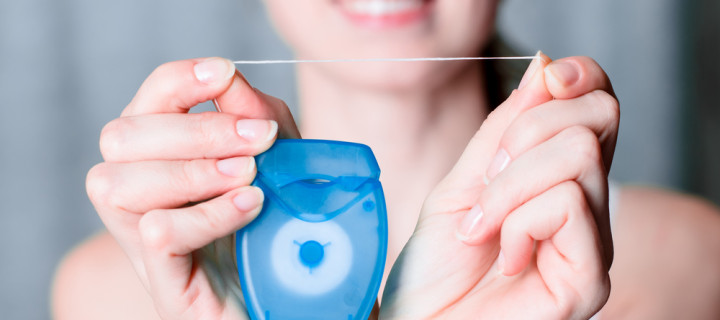We all know the deal: brush twice a day, floss daily, visit the dentist at least once a year. The reality’s a little different. Be honest, do you only floss the morning before heading to the Ottawa dental clinic? Only about 1 in 10 Canadians floss daily. Floss is not just an essential component of modern dental care – it also has a long history. Let’s explore floss through the ages!
Neanderthals in Europe
Cavemen had primitive resources and a rudimentary understanding of health, but they still valued clean teeth. Archaeologists have found evidence of flossing in Neanderthal skeletons that are more than 65,000 years old. In studying the teeth of Neanderthals, archaeologists discovered grooves in the teeth. These grooves hint at the fact that cavemen used small sticks or other implements to clean their teeth of food particles. It also makes sense since the caveman diet – meat, berries, nuts, fruit – are exactly the sorts of foods that get stuck between the teeth. If even cavemen knew the importance of flossing, what’s your excuse?
Ancient Civilizations are the World
In studying fossils of people from civilizations around the world, archaeologists discovered that toothpicks where in common use all over the place. From Asia to Europe to North America, tribes used toothpicks, pointed sticks, and other rudimentary implements to keep their teeth clean. Some anthropologists have even posited that caring about oral hygiene just might be the essential human habit. Even in primitive times, people cared about dental health…
The Middle Ages
…Until the middle ages. Nothing much good to say about dental health until the 19th century.
The Invention of Silk Floss
An American dentist from Vermont named Levi Spear Parmly is credited as the godfather of modern dental hygiene. Starting in 1815, he promoted the use of natural silk floss, which was thin and flexible enough to slide between teeth but sturdy enough to get the job done. Parmly argued that routine use of floss played an important role in the prevention of dental disease. This holds true to this day – regular floss helps prevent gingivitis, periodontitis, and other oral health issues. Natural silk floss is still available to this day, though it has mostly been supplanted by nylon floss.
The Popularity of Nylon Floss
Jump forward 130 years to the popularization of nylon floss by Dr. Charles C. Bass. Nylon floss really took off during the Second World War. Nylon floss is popular because it is cheap, widely available, and has more elasticity and durability than nylon floss. Now, nylon floss and plastic floss are the two most common varieties available on the market. Now, they come in a variety of flavours and colours, so there’s no excuse!
The Advent of Water Flossers
Recently, water flossers have come into popularity. These small devices use pressurized water to jostle food particle loose between the teeth and keep the mouth healthy. According to Rockcliffe Dental Centre, it is important to include flossing in your daily routine.







